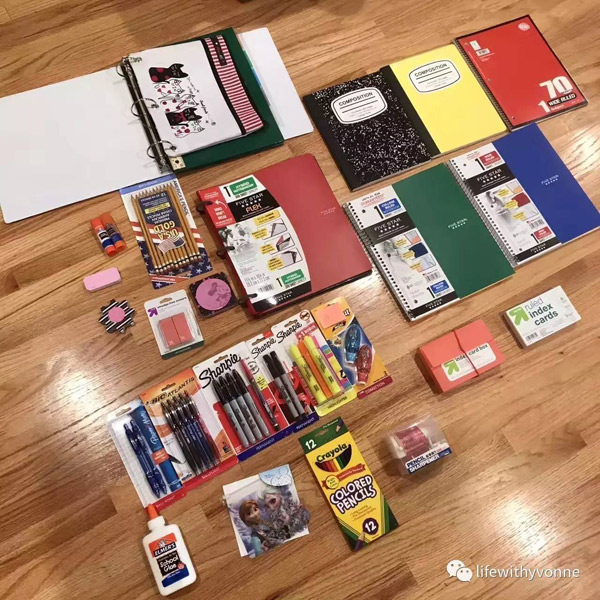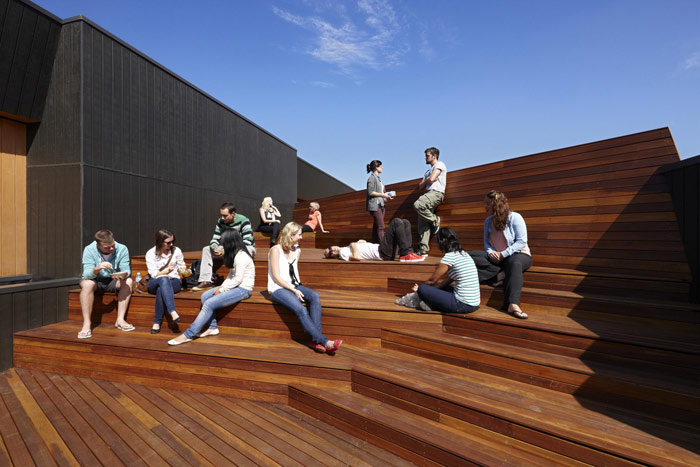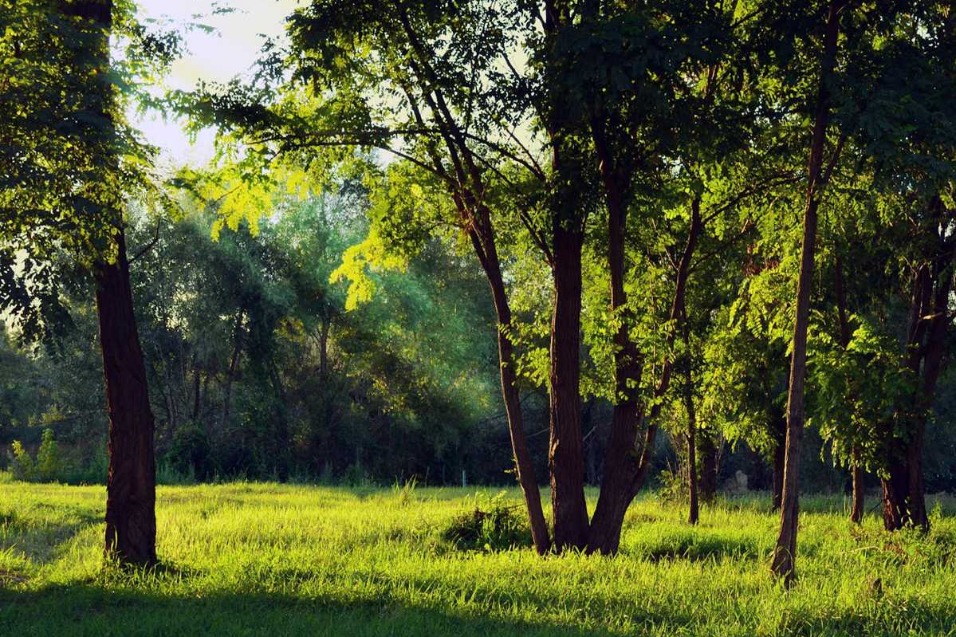世界迎来开学季:说说上学的那些事儿 Which country has the most expensive education?
中国日报网 2018-09-05 08:52

进入九月,世界大部分国家迎来开学季。家长们又要忙活着给孩子交学费买学习用品了。遍观世界,哪个地方的学费最贵?哪个国家的学生在校时间最长?这些你都知道吗?

How much paper and glue can $27.5bn buy?
275亿美元可以买多少纸和胶水?
In the US, the average family now spends about $685 on their child’s back-to-school necessities from kindergarten to secondary school, an increase of nearly $250 since 2005 – and that works out to $27.5 billion total for the 2018 schoolyear.
在今天的美国,普通家庭从孩子上幼儿园到中学阶段购买返校用品平均花费685美元(4679元人民币),自2005年以来上涨了近250美元。2018学年全美总计在学生用品上花费275亿美元。
Combined with university spending, the number climbs to $83bn. The most expensive items are computers at an average spend of $299 per household. Clothing is close behind at $286, followed by electronics like tablets and calculators at $271. Last are the basics: binders, folders, books, highlighters and the rest, which cost $112. (Source: Statista / Deloitte)
如果再加上大学阶段的学生用品花费,花费高达830亿美元。最贵的支出是电脑,平均每家花费299美元。仅次于电脑的是衣服,花费286美元,其后是平板电脑和计算器等电子产品,花费271美元。最后则是一些基本学习用品:活页夹、文件夹、书、荧光笔等花费112美元。(数据来源:Statista /德勤)

Danes spend 200 hours a year more in school than the average student.
丹麦学生每年在校时间比其他国家的学生多出200小时。
Of 33 developed nations, primary students in Russia have the fewest required instructional hours per year – just over 500 (the international average is 800 hours). This translates to about five hours a day, with breaks between each class, during an eight-month-long schoolyear. But that doesn’t seem to be holding the country back too much: Russia’s universal literacy rate is almost 100%.
在33个发达国家中,俄罗斯小学生每年的课时量是最低的,刚刚超过500个小时(国际平均课时量是800个小时)。这相当于在八个月长的学年里,每天只上约5个小时的课,中间还包括课间休息时间。但这并没有让俄罗斯在教育上落后太多:俄罗斯民众的识字率将近100%。
Then there is Denmark. The country requires primary school students to spend about 1,000 hours a year in class. That’s nearly two more months than Russia, and Denmark has longer schooldays. As a country consistently ranked in the top five for education, however, perhaps Denmark proves there are some benefits to having such a long school year. (Source: OECD)
再来看看丹麦。丹麦要求小学生每年的课时量要达到1000个小时,比俄罗斯多出近2个月,而且丹麦每天上课时间也更长。丹麦的教育水平一直稳居世界五强,也许证明了课时长还是有好处的。(数据来源:经济合作与发展组织)

Parents aren’t the only ones who pay the price for school. Just think of the trees.
为孩子上学付出代价的不只有父母,还有树木。
Even in the age of virtual reality, 3D printing and drones, the simple pencil continues to make a mark in institutions across the world. Today, more than 400 years after their invention, an estimated 15 to 20 billion pencils are produced each year.
即使是在虚拟现实、3D打印和无人机时代,简单的铅笔依然继续在世界各地的学校中存在。在铅笔被发明了400多年后的今天,每年约有150亿到200亿根铅笔被生产出来。
Cedar trees found in the Pacific Northwest are the most common source of pencil wood in the US, while most of the graphite is mined in China and Sri Lanka. Approximately 60,000 to 80,000 trees are cut each year to maintain the world's pencil supply. (Source: The Economist)
太平洋西北地区的雪松是美国铅笔用木的最大来源地,而多数铅笔所用的石墨采自中国和斯里兰卡。为了给全球供应铅笔,每年要砍掉6万到8万棵树。(数据来源:《经济学人》杂志)

Students in Australia attend class for a quarter of their lifetime.
澳大利亚人一生的四分之一时间都在上学。
At some point, school is meant to end. But in countries like New Zealand and Iceland, that isn’t for almost two decades. A student’s ‘school life expectancy’ is calculated by the average enrolment rates for different ages from primary school to the undergraduate university level. Australia currently holds the longest expectancy at 22.9 years from primary school to university, or from six years old to about 28. At the bottom of the list is Niger, where students generally begin primary school at the age of seven. Here, the average time a student spends in school is as few as 5.3 years – a 17-year difference. (Source: Global Innovation Index)
每个人总有离开学校的那一天。但是在新西兰和冰岛等国家,人们要在学校里待上近二十年。一个国家学生的“学校生涯”是按照不同年龄人群在小学到大学的平均入学率来计算的。澳大利亚人的学校生涯是现今世界上最长的,从小学到大学长达22.9年,也就是从6岁到28岁都在上学。学校生涯最短的国家是尼日尔,那里的学生普遍7岁开始上小学。尼日尔人平均在校时间只有5.3年,和澳大利亚人相差了17年。(数据来源:全球创新指数)
不同国家迎接新生的方式也是各不相同,下面就让我们一起到世界各地走一圈,看看各国开学季的新鲜事吧!
美国——共同制定学期计划
美国小学的老师会在开学的第一天站在教室门口,和每一位新生握手,并带领学生到早已安排好的座位坐下。开学伊始,学校大都要将新学期开设的课程以及学校的活动安排告诉学生和家长,学生可以根据自己的兴趣选择课程,老师也可以结合家长的建议为学生制订新学期的计划,通过召开家长会设定新学年的目标。
德国——收到特色糖果
德国小学生入学第一天,学校会为他们举行盛大的入学仪式。这一天,新生和他们的家长都会盛装参加入学仪式,最有特色的是每个新生都会捧着一个硕大的圆锥形糖果包。这种糖果包外表是色彩鲜艳的各式图案,里面塞满了文具、小玩具、糖果等各种小礼物,庆祝孩子真正迈入人生课堂。
法国——给家长放假陪孩子
法国小学秋季开学日是每年九月的第一个周二。父母十分重视开学日,一般都会陪伴孩子到学校,法国一些大型企业还会专门给有孩子上学的家长放假一天,这样就方便家长带孩子去购买文具。
英国——请家长离孩子远一点
小学一年级新生开学的第一天,学生们的主要活动就是认识新同学和老师们,而老师往往会在开学第一天对陪孩子来学校的家长提一点要求,那就是“离孩子远一点”。因为孩子们一般会对第一天上学表现出兴奋和积极的态度,反而是他们的父母会因为担心孩子在学校不适应、遇到各种问题而焦虑不安。
日本——安全防灾教育很重要
在日本,新学期的第一天不上课。师生们从打扫卫生开始一个新学期,然后才是开学典礼、校长讲话、唱校歌等。开学仪式后,学生回到自己的班级教室,教师会检查学生的健康状况,看是否发生过伤害事故;老师会带领学生们了解新学期的日程安排,制定学期目标,了解在学习和生活(包括安全问题)上需要注意的事项,最后是学习用餐礼仪。
来源:BBC、搜狐网
翻译&编辑:丹妮

















 英语点津微信
英语点津微信 双语小程序
双语小程序